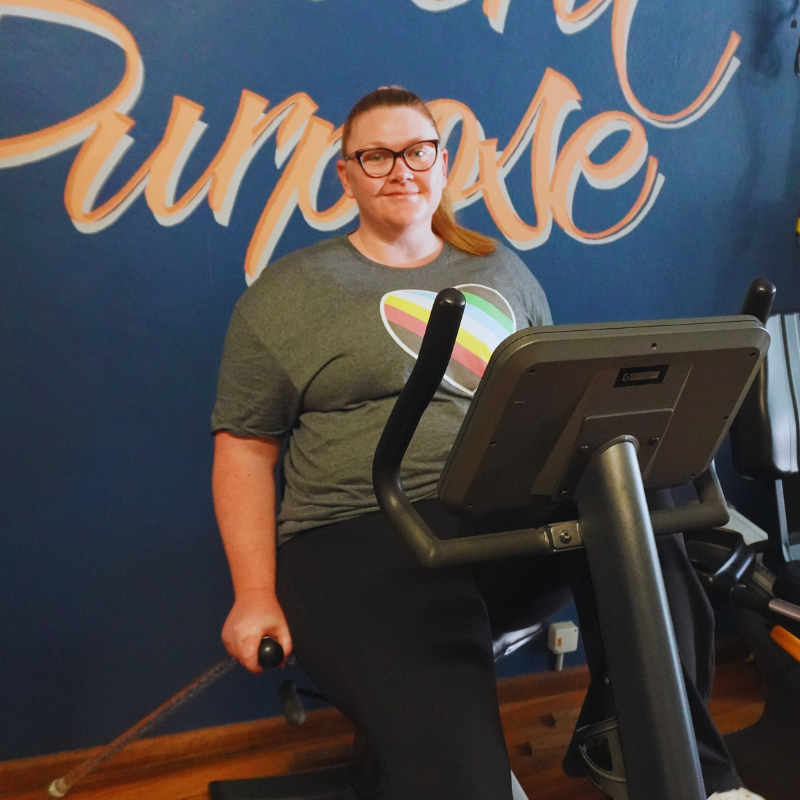Michael's Transformation with the EPS Pain Management Program
- Name: Michael
- Age: 41
- Occupation: Truck driver
- Presenting Condition: Chronic low back pain and sciatica resulting from lumbar disc injuries
- Initial Pain Score: at worst 9/10
History and Background
Michael felt a twinge in his lower back while lifting heavy pipes from the back of a truck. Initially, the pain was a dull ache, but over the following days, he developed painful sciatica and weakness in his legs. Despite trying multiple medical interventions, including strong medications, cortisone injections, and surgeries, he experienced only minimal relief and little improvement in function. Before the injury, Michael was extremely active, enjoying water sports, fishing, and playing football.
Program Participation
Initial Consultation Phase
Michael entered the program with significant skepticism, as nothing had worked for him up to that point. Nevertheless, he decided to give it a try, feeling he had nothing to lose. After the initial interview and a comprehensive assessment, it was determined that Michael was a good candidate for the program.
Learning and Individualised Implementation Phases
- Evidence based biopsychosocial education (pain science, CBT, exercise principles, mindfulness, diffusion techniques).
- Weekly group learning sessions creating camaraderie, support, and understanding from others in similar circumstances.
- If required, individual sessions to challenge specific challenges to progression and recovery.
- Implementation phases where individuals attempt to use new strategies assigned after the education phase.
Skill Development and Reinforcement
- Paced and graded exercise tasks
- Mindfulness and diffusion techniques put into practice
- Continuous support and feedback
- Focus on developing self-management skills
Outcomes
- Michael reported that his pain scores had reduced to 5/10, although they would occasionally spike if he overexerted himself. The key difference after the program was that, despite still experiencing pain, Michael felt more secure and understood that pain does not always indicate injury, even if he pushed himself too hard.
- Michael significantly reduced his medication use. This improvement was linked to better pacing, as well as the realisation that he could think more clearly with fewer medications and manage his pain effectively using the strategies learned in the program.
- Michael experienced a dramatic improvement in his mental health during and after the program. He learned that anxiety, fear, frustration, and depression significantly exacerbate pain. By addressing these issues, he was able to see how improvements in his mental health contributed to reduced pain and enhanced function.
- The greatest benefit Michael reported was developing self-management skills for life. Although he may experience occasional flare-ups of pain, he now feels confident and safe, knowing how to manage his pain using the skills he learned in the program.
Conclusion
Michael’s case demonstrates how the EPS persistent pain program delivers sustainable, life-changing results. Many individuals with persistent pain feel lost and see no way forward, despite having the potential to transform their lives.
Contact EPS today to find a path together, improving your quality of life and overall wellbeing.


